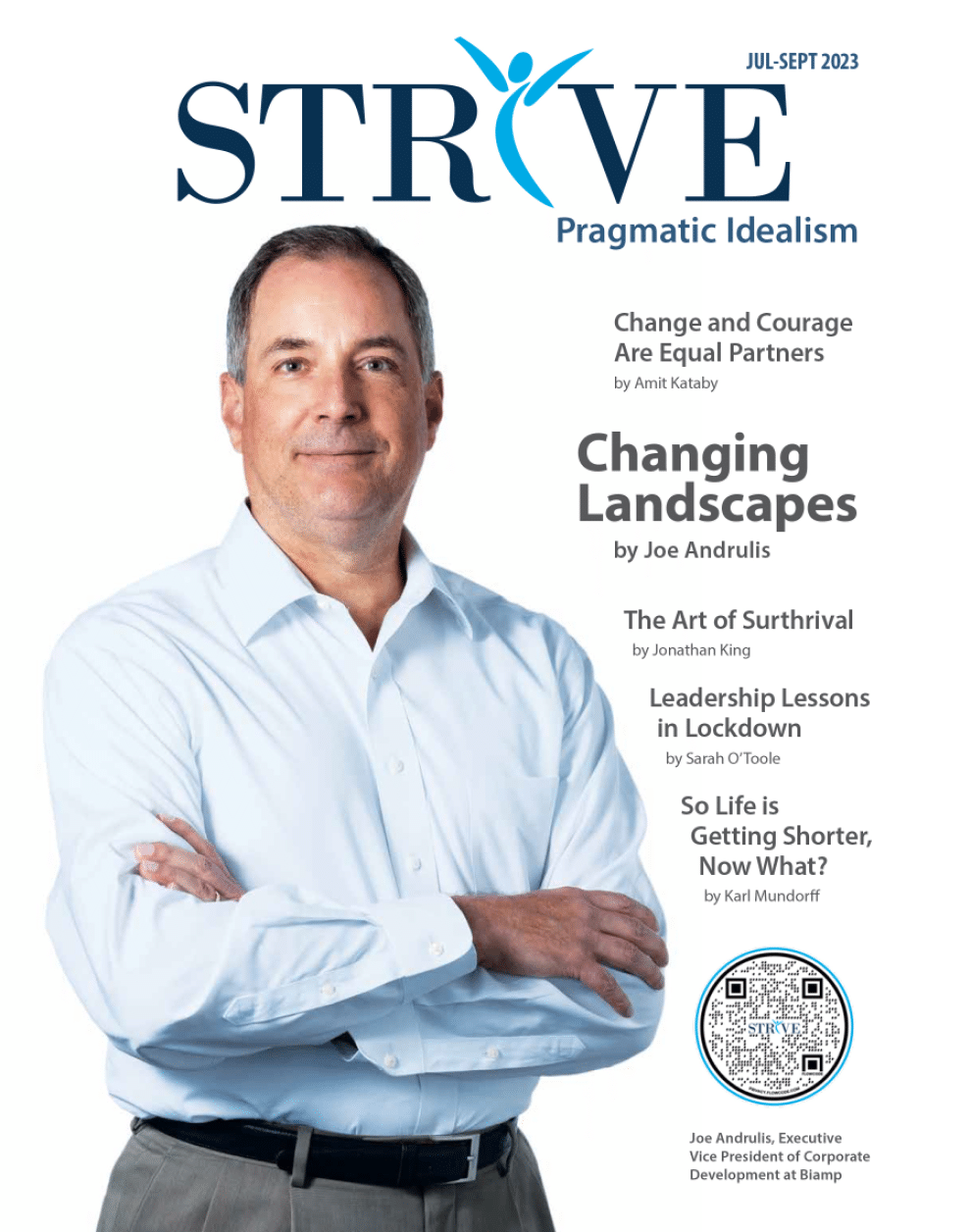 Alaska had a really bad fire season last summer. The flames decimated 2.5M acres. When fall came, snow fell and the fires disappeared. As spring arrived, smoke and steam could be seen rising out of the earth. The snows of an Alaskan winter had merely concealed the fire, not extinguished it. The roots of the trees were still burning.
Alaska had a really bad fire season last summer. The flames decimated 2.5M acres. When fall came, snow fell and the fires disappeared. As spring arrived, smoke and steam could be seen rising out of the earth. The snows of an Alaskan winter had merely concealed the fire, not extinguished it. The roots of the trees were still burning.
Our economy, like a forest, is a complex ecosystem, every component influenced by the health and wellbeing of the whole. And like a forest, when viewed from a distance, the detail of this interdependence is obscured by a canopy of the macro; big corporations, tech giants and summary economic metrics like the Dow, the S&P and NASDAQ.
Currently a metaphorical forest fire is raging globally: COVID-19. In addition to the obvious and tragic human toll, the economy is fully engulfed as well. Initially, the flames of job losses and business closures burned both bright and intense. As cities locked down, large corporations closed their offices and staff were either furloughed, laid off or instructed to work from home. The canopy was visibly ablaze. Feeling the heat, the federal government urgently dropped six-trillion dollars in an economic equivalent of fire retardant on the blaze and is still actively spraying water on the fire in the form of bond market intervention and related stimulus.
Today, the economic flames are distant and less visible when we survey the vast landscape. As such, it’s hard to ascertain the current circumstance or expectations for the broader economy, especially because of so many conflicting narratives within radio broadcasts, social media platforms and traditional media. What we do know, because we live our lives and raise our families in the micro details of our local community, is that the roots of the economy are still ablaze.
The pandemic fire has forced a migration of societal norms and individual behavior that would be difficult to imagine if we were not living it. The experience is nothing short of surreal. One would never have imagined being required to wear a mask into a bank. But interestingly, today there’s little reason to go into a bank given the broadening online options. The current situation may feel incongruent and disorienting, but that is because of the speed at which change is taking place. Technical disruption, competing and extreme social, political and conspiracy narratives, along with inequity concerns, were already present. The pandemic and its associated fear and uncertainty simply amplified and intensified what we were already experiencing, accelerating our pace down a complicated path.
It is only natural, given the cataclysmic shift we are experiencing, to long for a speedy return to the normal we once knew. But increasingly, we sense our life-landscapes have been forever altered. Evidence of this change is visible in the headlines. Many companies have implemented policies that will allow their staff to work from home permanently and in turn, they will be reducing their commercial real estate holdings. Less visible, however, are the cascading impacts these decisions will put in motion, transforming traffic patterns and transit systems, city centers, work experience and our lifestyles. Altering not only where we work, but ultimately, where we choose to live and the type of home we rent or buy. These canopy level decisions will also impact where we eat – will we go out for lunch or down the hall to the fridge? And, how will we dress given working from home is likely to generate a different dress code? This will have far-reaching implications for the garment industry tumbling all the way to dry-cleaning services.
There is no denying we are in a period of tumultuous transformation. The current situation is fluid, complex and dire. Many will suffer through no fault of their own. A fact that is difficult to comprehend, let alone accept. To do so, is to acknowledge the risk associated with a future that is uncertain and alarming.
Fire is terrifying in the most primal of ways. But it also creates opportunity by allowing light to reach new places. The same is true of the transformative fire we are experiencing.
Recently, I drove by last summer’s burned area. Stands of large trees had survived the fires and the charred landscape was carpeted green and painted with thick blooms of pink Fireweed. The landscape is alive with new growth. I could not help but think that adversity favors those with grit, resilience and tenacity and that the current pandemic, like all fires, will permit light to illuminate new areas of future opportunity.













































